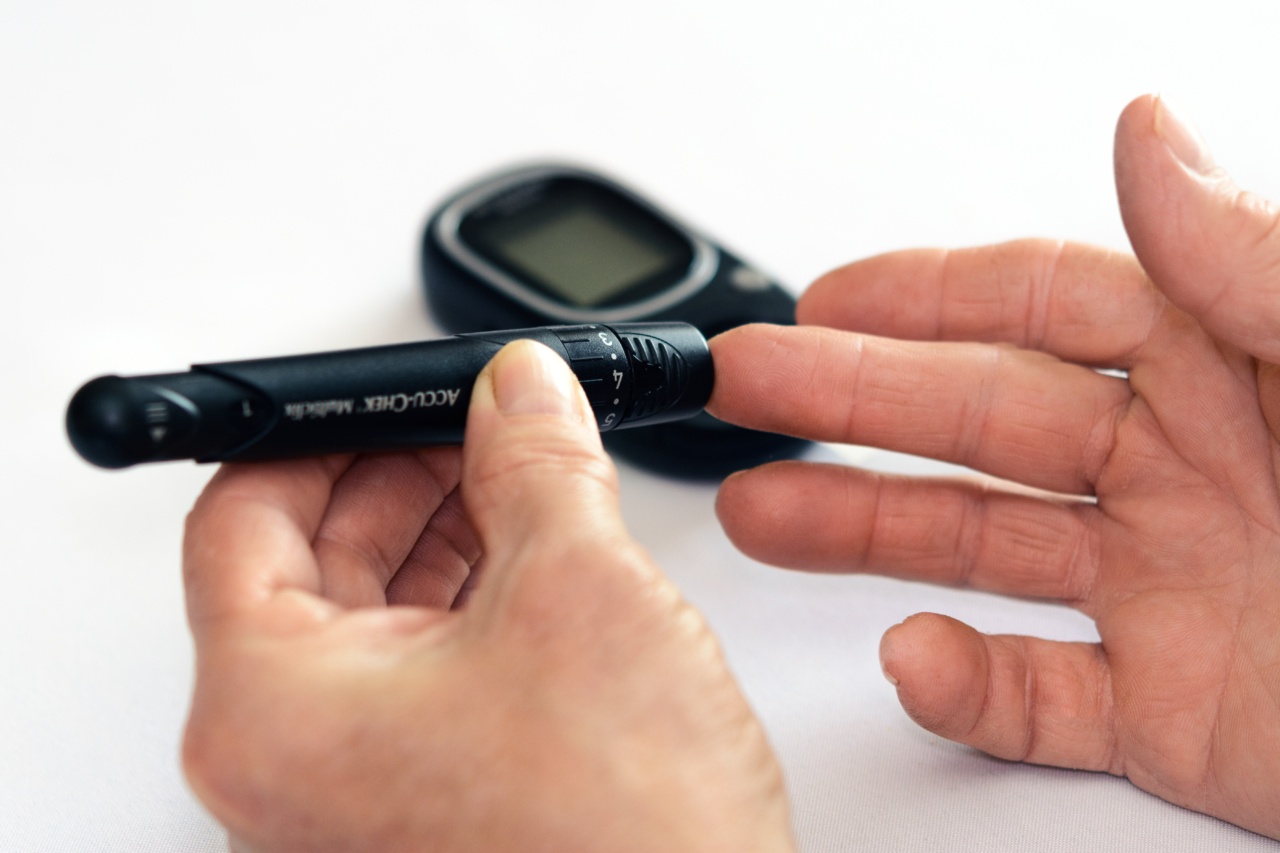Diabetes is a chronic condition that affects millions of people around the world.
The disease occurs when the body is unable to properly regulate blood glucose levels, either due to a lack of insulin or the body’s inability to use insulin effectively. While diabetes can be managed with medication, lifestyle changes, and regular monitoring, there are several complications associated with the disease, including eye problems.
What are the eye problems associated with diabetes?
Diabetes can cause several eye problems, including:.
Diabetic retinopathy
Diabetic retinopathy is a complication of diabetes that affects the blood vessels in the retina. When blood sugar levels are not well-controlled, the blood vessels can become damaged, causing them to leak fluid or bleed.
This can cause vision loss or even blindness if left untreated.
Diabetic macular edema
Diabetic macular edema (DME) occurs when fluid accumulates in the macula, the part of the retina responsible for sharp, detailed vision. This can cause the macula to swell, leading to blurry or distorted vision.
DME is a common complication of diabetic retinopathy, and can also lead to vision loss if left untreated.
Glaucoma
Diabetes can increase the risk of developing glaucoma, a condition that damages the optic nerve and can lead to vision loss. Glaucoma often has no symptoms in its early stages, so regular eye exams are important for detecting the condition early.
Cataracts
Cataracts are a common condition that causes clouding of the eye’s natural lens. Diabetes can increase the risk of developing cataracts, especially in people who have had the disease for a long time.
How can early diabetes diagnosis and management help prevent eye problems?
Early diagnosis and management of diabetes can help prevent or delay the onset of many complications associated with the disease, including eye problems.
Monitoring blood glucose levels
Regular monitoring of blood glucose levels is an important part of diabetes management. By keeping blood sugar levels within a healthy range, the risk of developing eye problems can be reduced.
Medication and lifestyle changes
Medication and lifestyle changes, such as a healthy diet and exercise, can also help manage blood sugar levels and reduce the risk of diabetes complications.
Regular eye exams
Regular eye exams are an important part of diabetes management, as they can help detect eye problems early, when treatment options are often more effective.
The American Diabetes Association recommends that people with diabetes have a comprehensive dilated eye exam at least once a year.
Treating eye problems
If eye problems are detected, early treatment is important to prevent further damage and preserve vision. Treatment options vary depending on the condition, but may include medication, laser therapy, or surgery.
Conclusion
Diabetes can lead to several eye problems, including diabetic retinopathy, diabetic macular edema, glaucoma, and cataracts. Early diagnosis and management of diabetes can help prevent or delay the onset of these complications.
Regular monitoring of blood glucose levels, medication and lifestyle changes, regular eye exams, and early treatment of eye problems are all important parts of diabetes management.






























